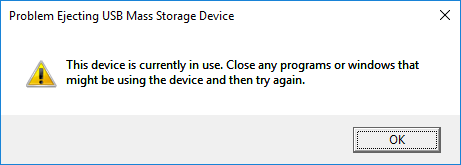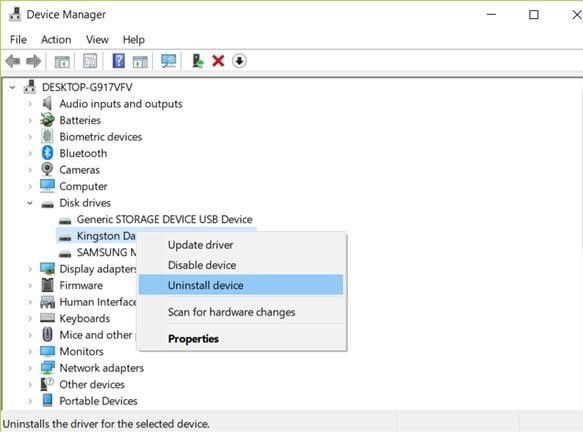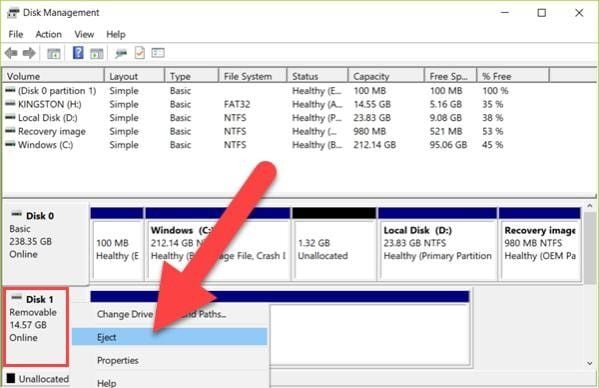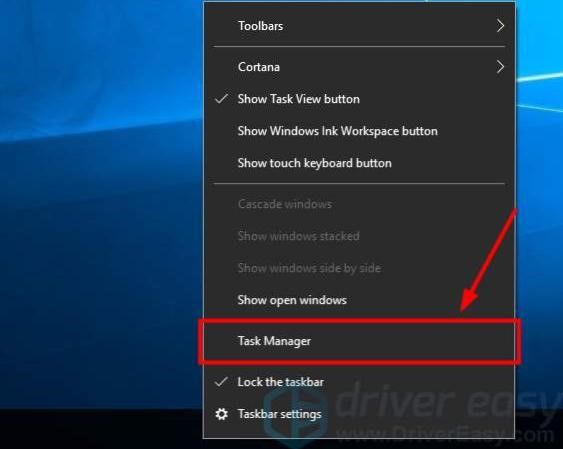User Guide
FAQ
How to Recover Files from Damaged USB Stick
USB flash drives are truly a marvel of modern technology, making data storage and transfer effortless. However, much like any other piece of technology, they are not immune to problems. We often find ourselves grappling with issues like unexpected drive ejections, read/write errors, corrupt data, and even physical damage. Yet, the question remains: should we abandon the use of USB drives altogether? Definitely not! This comprehensive guide will take you through how to navigate these issues and recover your precious data from a damaged USB drive.
Understanding the Issue
A frequent issue that USB drive users face is the inability to safely eject the drive. This typically occurs when you try to remove the USB drive via the ‘Remove Media’ button or the ‘Eject’ option. Several error messages might appear, such as:
- The device is in use. Please close the program using the device and try again.
- Windows can’t stop the “Generic volume” device because a program is using it. Please close any programs that might be using the device.
- The “Generic volume” device can’t be stopped right now. Please try stopping the device later.
These messages suggest that the device is currently in use and cannot be safely removed. The system is advising you to halt all actions before removing the storage device. This problem typically arises because your files, located in the USB storage, are still open and in use by other programs, or because the operating system is accessing the device. To avoid damage, the system prevents ejection and displays a “Problem ejecting USB mass Storage Device” Error.

However, if you abruptly unplug the USB drive without safely ejecting it, there’s a high chance that your data, or even the drive itself, will sustain damage. Therefore, it’s vital to learn how to fix this error and recover data from your flash drive.
Solving the Problem: Ejecting USB Storage Device Error
There are several methods to solve an ejecting USB storage device error. Let’s discuss nine potential solutions:
Solution 1 – Shut Down All Open Files and Programs
The first avenue to explore is checking whether all files and programs on your computer are closed. If they aren’t, close them, then try ejecting the USB drive again. You can also refresh your desktop screen by right-clicking an empty area and selecting ‘Refresh’.
Solution 2 – Safely Remove a Removable Device
If you forcibly eject your USB drive without using safe mode, you risk losing or corrupting your data. If the ‘Remove hardware’ icon warns of potential data loss, follow these steps to safely unplug the device:
- Click the ‘Show Hidden buttons’ on the Taskbar and right-click the ‘Remove Hardware and Media’ icon. A menu listing all the media connected to your PC will appear.
- Select the device you want to eject.
- Remove the drive from your computer. The system will confirm successful removal.

Solution 3 – Eject USB Mass Storage Device through ‘This PC’
If the above methods don’t work, you can try ejecting the USB device through ‘This PC’. Locate your external USB device in ‘This PC’, right-click it, and select the ‘Eject’ option.
Solution 4 – Eject USB Device in Device Manager
Your Device Manager allows you to manage USB drives connected to your computer. You can also use it to eject a USB drive. Here’s how:
- Right-click ‘This PC’ and navigate to Device Manager.
- Expand ‘Drives’ to view a list of storage media connected to your PC.
- Click the device you want to safely eject. Pick ‘Uninstall device’ and click ‘OK’ to confirm (be careful not to accidentally delete driver software).
- After completing the process, remove the flash drive from your PC.

Solution 5 – Eject Removable Storage in Disk Management
Disk Management is another handy tool in Windows computers. If you’re using Windows 10, 8, or 7, you can use it to eject a USB flash drive:
- Press the Windows key + X key simultaneously and select ‘Management’ from the options.
- Locate the drive you want to eject and right-click to eject.

Solution 6 – Safely Remove Your Device
Here are three simple steps to remove your device safely. You can use any of the steps that work best for you.
Solution 7 – Verify That No Files or Programs Are Unclosed
If you encounter a “problem ejecting mass storage device” error, the first thing you should do is check whether any files or programs are still running. Ensure you have closed the files or programs on your storage device as they could prevent Windows from ejecting the USB drive.
Check the Taskbar to see if any programs are running or if any files are open. Pay close attention to combined task buttons as they may be hiding an open file. If there are no active files or programs, check the processes running in the background with the Task Manager.
Some processes are crucial to your PC’s operation, and closing them can cause problems. If you’re unsure about this step, please skip it to avoid causing another problem.

Solution 8 – Log Out and Back Into Your System
Applications and processes accessing your USB drive may prevent you from ejecting the external drive. If you’re unsure how to close them, you can simply log out of your system. There are different ways to log out of various Windows systems:
- To log out of Windows 7, click the ‘Start’ button on the lower-left corner of the screen. You’ll see an arrow near the ‘Shutdown’ button. Click it and select ‘Log off’.
- If you’re using Windows 10, click the ‘Start’ button, select ‘Account’, and click ‘Sign out’.
After logging out, log back into your account and try to eject the storage device. You’ll likely not encounter the error again.
Solution 9 – Restart Your Computer
If all else fails, restarting your computer might be your best option. A comprehensive restart will automatically close all running programs, and you can eject your USB device once the system reboots.
Recovering Data from Damaged USB Flash Drives
In the unfortunate event that you have unplugged the USB drive without safely ejecting it, your data could be corrupted. In the following section, we’ll introduce a solution to recover your data and files from a corrupted USB flash drive.
1. Retrieve Files from USB Drive
Before formatting the USB drive, we strongly recommend you retrieve data from the broken USB drive. Recovering data after formatting is significantly harder. For this, you can use data recovery software like RecoveryMaster, which is ideal for recovering lost data on any storage device and useful in repairing corrupted files. Here are the steps on how to recover files from a damaged USB stick using RecoveryMaster.
Step 1 – Connect Your USB Drive and Initiate the Process
- Start the RecoveryMaster tool and connect the USB drive.
- Click “Start.”

Step 2 – Preview and Recover the Files After the process is completed, a pop-up notification will display the recovered files.
- Preview each file and click on the “Recover” icon.
- Save the recovered files to another location.

2. Addressing Other Possible Issues with USB Drives
A USB stick can get damaged in numerous ways. Some of the most common causes include:
- Virus or malware infection.
- Misoperation of the storage medium.
- Failure during formatting.
- Hardware malfunction.
- A power surge or outage.
- Water damage.
- Physical damage (bent or broken).
3. Different Approaches to Fixing a RAW USB Drive
A RAW USB device can be fixed in multiple ways, including:
- Formatting the device.
- Assigning a new drive letter.
- Creating a new volume on the device.
- Replacing a defective USB port.
- Reinstalling necessary drivers.
- Manually attempting to fix a bent USB device.
- Running antivirus scans.
- Repairing a corrupted USB drive manually or with software.
- Changing a read-only USB to read/write mode.
- Fixing disabled USB ports.
In case these methods do not work, you might need to seek help from data recovery specialists, who are adept at salvaging data, even from disks and devices that might seem too damaged for recovery. One such service is the CleverFiles Data Recovery Center, which can help you recover data from a seemingly impossible situation.
Conclusion
In conclusion, while it’s essential to maintain the health and safety of your USB drives, unforeseen issues can arise. However, with the right knowledge and tools, you can recover your data and continue using these convenient storage devices. The key is to ensure you have reliable data recovery software, such as RecoveryMaster, at your disposal.





